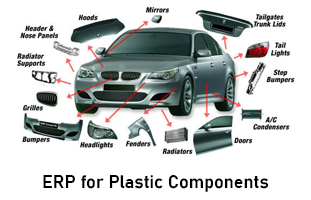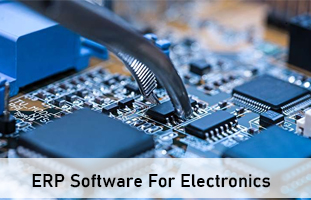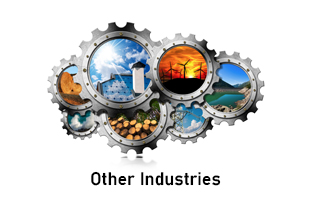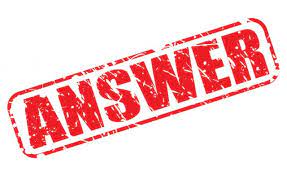Recap on conditions….Conditions and GST precautions for Sale to Merchant Exporter for 0.1%

Conditions in GST for Export indirect … via Merchant Exporter…0.1% GST is not your “Right”, unless you do these duties.

Terms and conditions
(i) The registered supplier shall supply the goods to the registered recipient on a tax invoice;
(ii) The registered recipient shall export the said goods within a period of ninety days from the date of issue of a tax invoice by the registered supplier;
(iii) The registered recipient shall indicate the Goods and Services Tax Identification Number of the registered supplier and the tax invoice number issued by the registered supplier in respect of the said goods in the shipping bill or bill of export, as the case may be;
(iv) The registered recipient shall be registered with an Export Promotion Council or a Commodity Board recognised by the Department of Commerce;
(v) The registered recipient shall place an order on registered supplier for procuring goods at concessional rate and a copy of the same shall also be provided to the jurisdictional tax officer of the registered supplier;
(vi) The registered recipient shall move the said goods from place of registered supplier –
(a) directly to the Port, Inland Container Deport, Airport or Land Customs Station from where the said goods are to be exported; or
(b) directly to a registered warehouse from where the said goods shall be move to the Port, Inland Container Deport, Airport or Land Customs Station from where the said goods are to be exported;
(vii) If the registered recipient intends to aggregate supplies from multiple registered suppliers and then export, the goods from each registered supplier shall move to a registered warehouse and after aggregation, the registered recipient shall move goods to the Port, Inland Container Deport, Airport or Land Customs Station from where they shall be exported;
(viii) In case of situation referred to in condition (vii), the registered recipient shall endorse receipt of goods on the tax invoice and also obtain acknowledgement of receipt of goods in the registered warehouse from the warehouse operator and the endorsed tax invoice and the acknowledgment of the warehouse operator shall be provided to the registered supplier as well as to the jurisdictional tax officer of such supplier; and
(ix) When goods have been exported, the registered recipient shall provide copy of shipping bill or bill of export containing details of Goods and Services Tax Identification Number (GSTIN) and tax invoice of the registered supplier along with proof of export general manifest or export report having been filed to the registered supplier as well as jurisdictional tax officer of such supplier

Ideas Courtesy : Mr Rajesh Khandelwal, CA and learned speaker on GST matters , across India.
There are the MANDATORY conditions in GST, for sale to merchant exporter.
If you can fulfil these, then good…. Instead of 18% normal GST rate you can charge only 0.1% GST on the sale in this situation

Points to remember
MANY PEOPLE MISS SOME OF THESE POINTS… AND RISK GOES BIG

Conditions in GST for Export indirect … via Merchant Exporter…0.1% GST is not yet right, unless you do these duties.


















